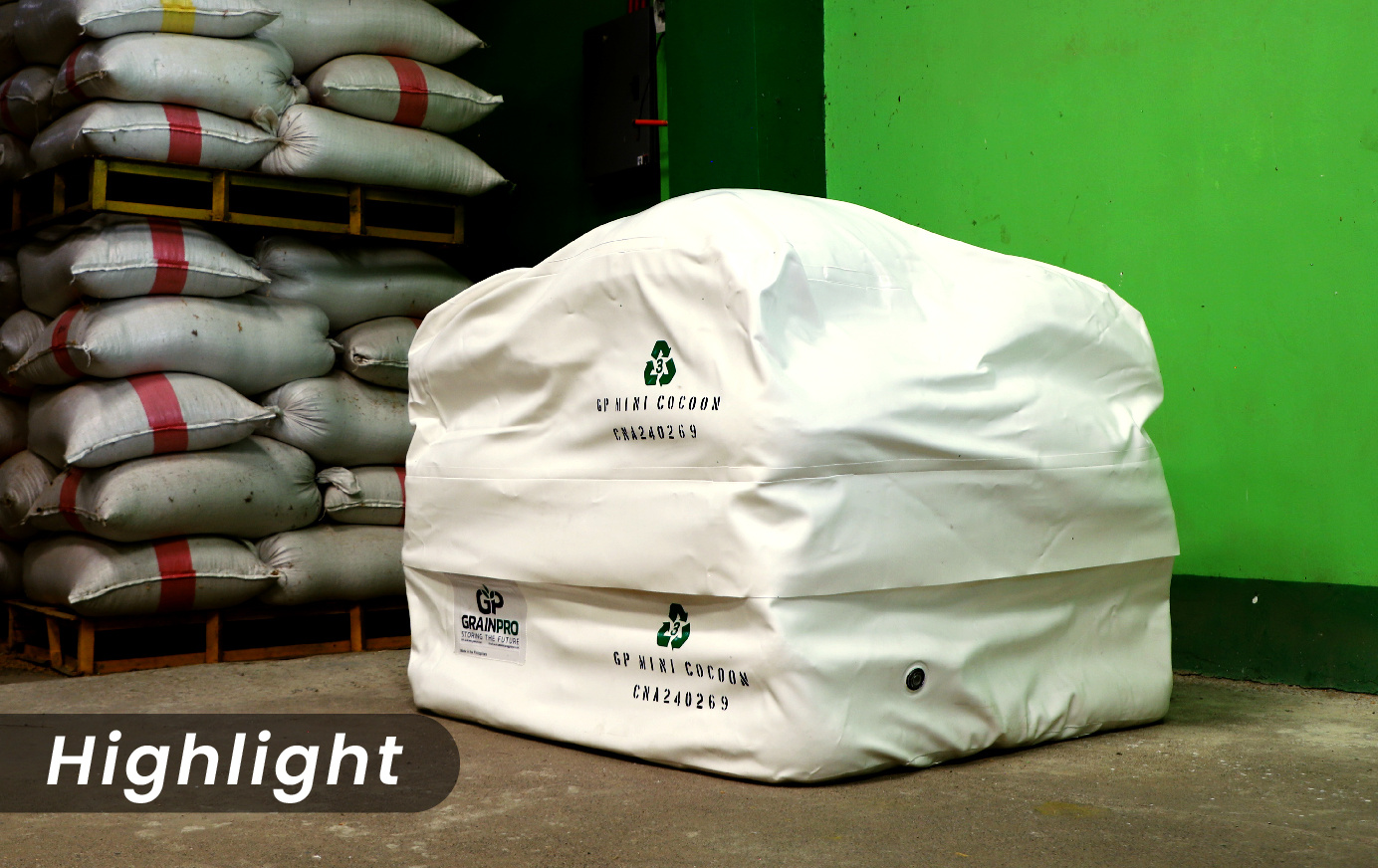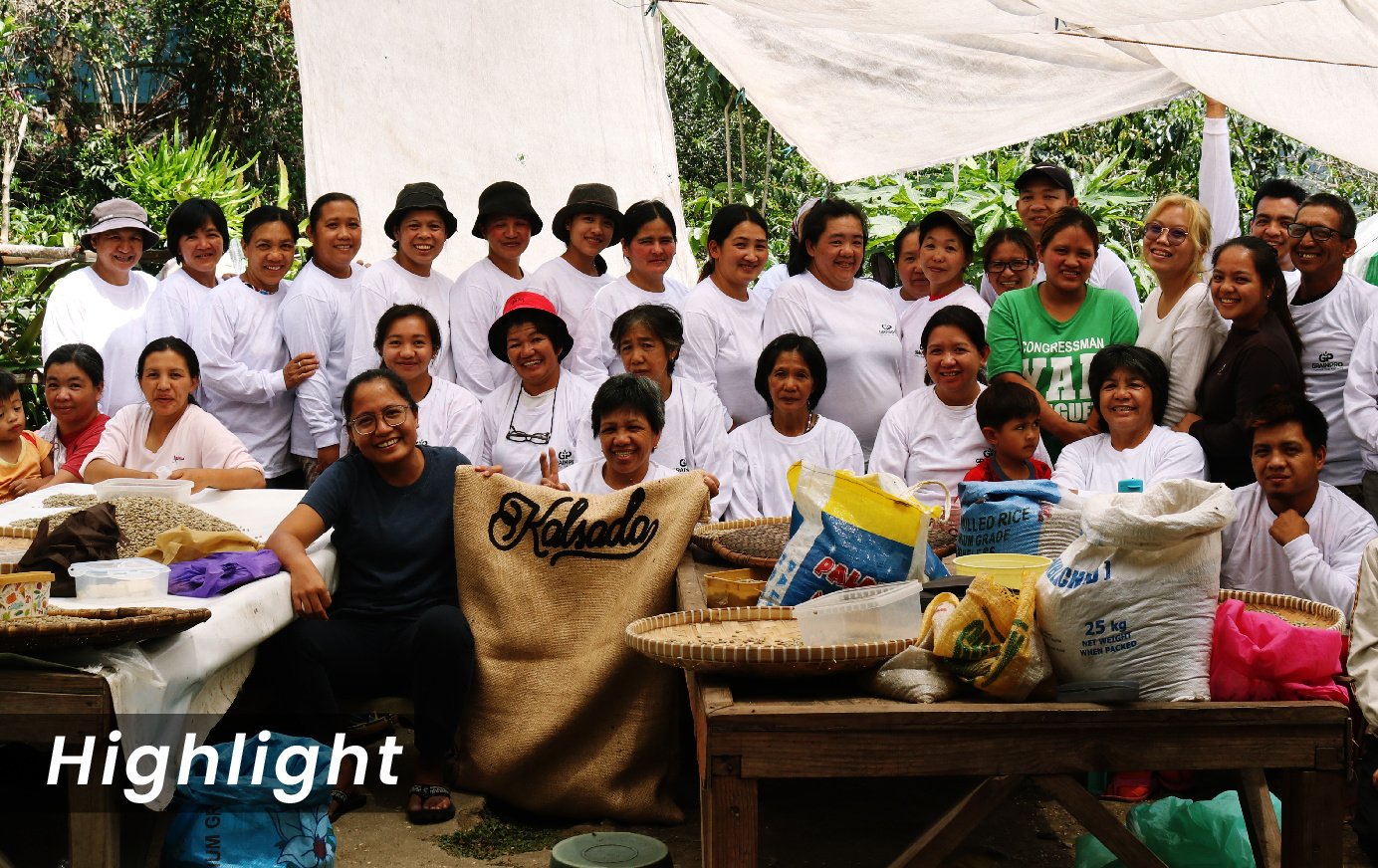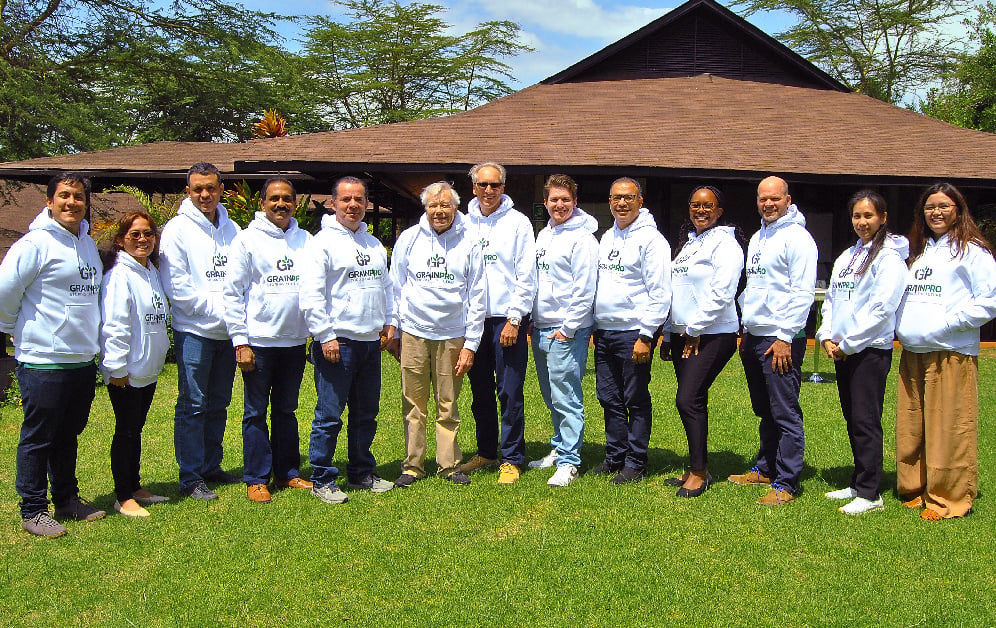Agriculture has evolved over the centuries and has contributed to the advancement of human civilization to meet the growing demand for safe and healthy food for all.
While food is a basic human need, and there is more than enough food produced to feed the world's population, many of us still lack access to it and go hungry. And, to make matters worse, one-third of all food produced in the world is either lost or wasted. As the world's population grows, so does the need for agricultural commodities, necessitating a much greater effort to ensure that all people suffering from hunger have access to nutritious food, with none of it going to waste.
Our food goes through several processes, including production, storage, processing, packaging, transportation, preparation, and serving, with greenhouse gases (GHGs) released at every stage. According to a new FAO study, these processes "are pushing the food supply chain to the top of the list of greenhouse gas emitters."
Increasing global food production can also lead to further soil depletion, environmental deterioration, and greenhouse gas emissions, all of which contribute significantly to climate change and have an impact on the way we do agriculture.
Since agriculture is intricately connected to climate change, it is heavily reliant on global weather. Climate change's visible and widespread negative effects, such as changing rainfall patterns, drought, flooding, and the geographical dispersion of pests and diseases, are already causing decreases in yield production, and lower profitability in vulnerable areas and among smallholder farmers.
Furthermore, due to the increasing global food demand, reductions in greenhouse gas emissions will be challenging and will continue to pose a serious threat to global food security and the environment. To be able to satisfy the increasing global demand for food without further depleting our natural resources, agriculture must undergo a significant transformation and adapt to Climate-smart Agriculture (CSA).
Why Climate-smart Agriculture?
As defined by the Food and Agricultural Organization (FAO), Climate-smart Agriculture is “an approach that helps guide actions to transform agri-food systems towards green and climate-resilient practices. It aims to tackle three main objectives: sustainably increasing agricultural productivity and incomes; adapting and building resilience to climate change; and reducing and/or removing greenhouse gas emissions, where possible.”
To put it simply, CSA aims to achieve three results now and in the future: boost productivity, improve resilience, and reduce emissions.
1. Boost productivity sustainably. Dry agricultural commodities are vulnerable to insect and mold damage during storage and transportation, which can result in food and income loss.
For the safe storage of commodities, hermetic bags and large-scale gas-tight containers can be relied on by farmers. One such solution is the GrainPro Hermetic Bag which is made from high-strength PE with excellent water and air barrier properties, where commodities can be stored for more than a year without the risk of mold growth, insect infestation, and quality degradation.
For indoor or outdoor storage, the GrainPro Cocoon is a climate-smart solution that can protect commodities from being damaged by floods, and withstand harsh weather conditions. It prevents the exchange of air and moisture and guards against rodent attacks without the use of toxic chemicals. This allows for chemical-free storage and the long-term preservation of commodities.
When it comes to commodity transport, the TranSafeliner, or TSL, offers superior gas and moisture shielding properties that can limit the effect of condensation and block the entry of moist ambient air. This transport solution is ideal for sealing and protecting commodities in shipping containers from deteriorating factors.
Through GrainPro’s hermetic storage and transport solutions, farmers can retain the volume of their harvested commodities while getting that protection against quality and quantity deterioration without the use of toxic chemicals. With this, post-harvest losses can be avoided, helping boost the productivity and income of farmers.
Related: To a Sustainable Future: Benefits of Reducing Post-harvest Food Loss
2. Improve resilience. Some farmers in certain regions may actually benefit from climate change as it may lengthen the growing seasons of their crops, but its negative effects outweigh the positive ones. With changing rainfall patterns; sudden rains can damage agricultural commodities during the drying stage. Because of this, GrainPro has developed a drying solution like the Collapsible Dryer Case that serves as a protective mat that allows safe and even drying and can be easily folded in the event of unexpected rain. Protecting the hard-earned harvests of farmers from being damaged by erratic weather conditions.
3. Reduce emissions. According to FAO, worldwide food loss and waste generate 4.4 GtCO2 eq each year, or around 8% of total anthropogenic GHG emissions, implying that the contribution of food waste emissions to global warming is nearly equal (87%) to global road transport emissions. Reducing food loss and waste through proper post-harvest management of commodities can help significantly in reducing greenhouse gas emissions while at the same time contributing to food security.
The negative effects of climate change are undeniable and can be felt in every part of the world. This presents a critical challenge to global food security, particularly for smallholder farmers who are hit the hardest by the consequences of climate change.
What we need now and in the future are climate-smart solutions that can help in the transformation of sustainable agri-food systems and support farmers in building resilience and in adapting to changing climates.
To learn more about better post-harvest solutions, click below.
Date Published: December 12, 2021




-1.jpg)
